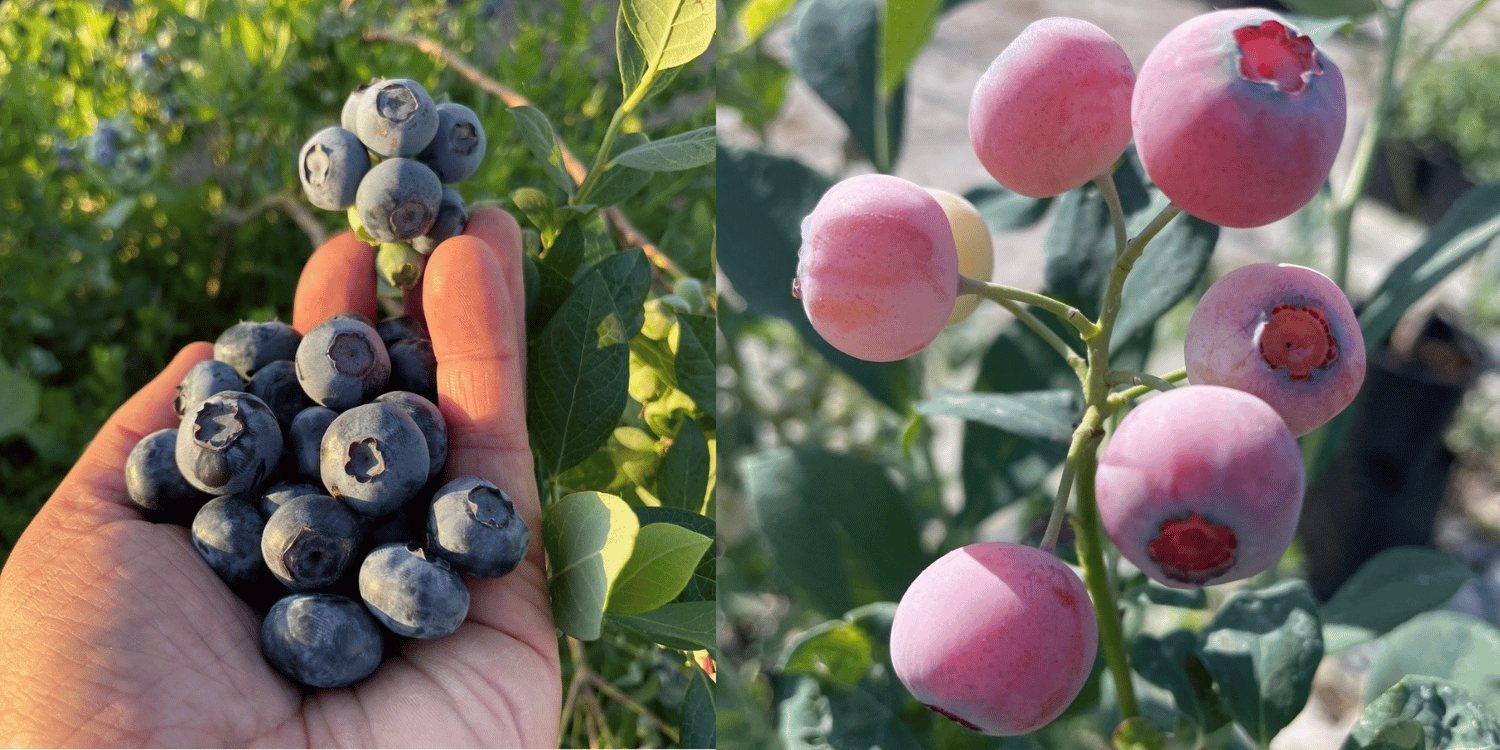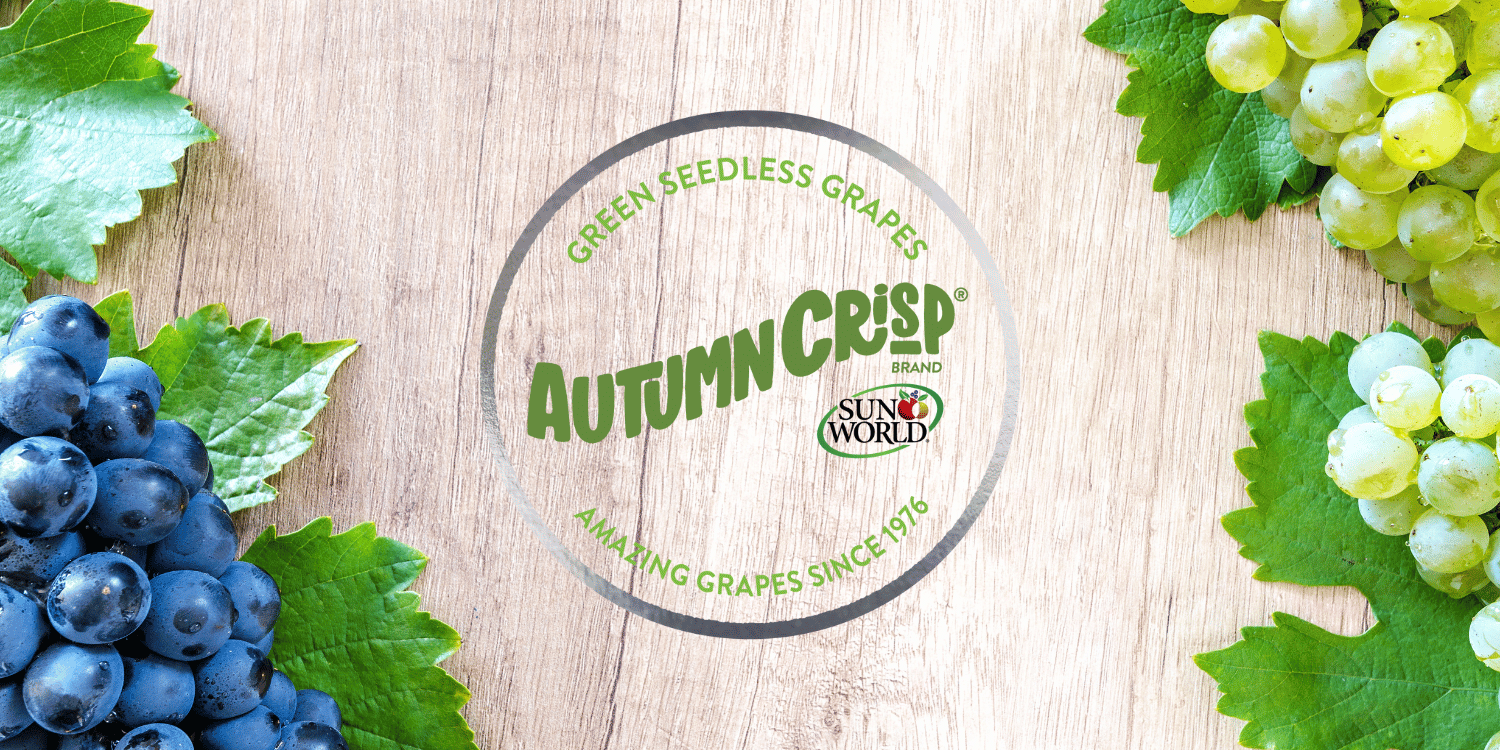Technological innovations in genetic modification of produce have revolutionized agriculture and food supply chains.
Advanced bioengineering techniques, such as CRISPR/Cas-9, have facilitated precise and cost-effective genetic modification.
These advancements have enabled the enhancement of desirable characteristics in crops, such as increased yield, nutrition value, and resistance to pests or diseases.
Consequently, genetically modified produce has the potential to combat food insecurity and malnutrition globally.
Additionally, it can contribute to sustainable farming practices by reducing dependency on harmful pesticides and fertilizers.
However, ethical, health, and environmental concerns associated with genetic modification necessitate careful regulation and ongoing research in this arena.
- Genetic modification refers to the alteration of an organism’s DNA.
- CRISPR/Cas-9 is a key technique used in genetic modification.
- Genetic modification can enhance the yield and nutrition of produce.
- Modified produce often has increased resistance to pests and disease.
- Genetic modification could potentially impact global food insecurity.
While we’ve outlined some essential aspects of genetic modification technology in produce, it’s important to note that this is merely the tip of the iceberg.In the upcoming sections, we’ll cover intriguing related topics such as the potential environmental implications and ethical considerations of employing this technology.
This will include a discussion on how genetically modified produce might tangibly impact our everyday lives.
As we proceed, I encourage you to pause and reflect on the information provided, further enhancing your understanding of this cutting-edge technology that’s reshaping our food industry.
Contents
- What Is Genetic Modification?
- Details on CRISPR/Cas-9 Technique
- Yield and Nutrition Enhancement
- Increased Pest and Disease Resistance
- Global Impact on Food Insecurity
- Contributions to Sustainable Farming
- Risks and Concerns Associated with Technological Innovations
- Current Regulation and Research Need
- The Bottom Line
What Is Genetic Modification?
In Short: Genetic modification (GM) is a scientific technique used to alter an organism’s DNA, enabling the introduction of new traits or improvement of existing ones. Through methods such as recombinant DNA technology, it provides precise control over gene transfer, potentially enhancing crop yields and offering solutions for sustainable agriculture and food security, despite ongoing ethical and safety controversies.
The term Genetic Modification, often abbreviated to GM, can appear complex and challenging to comprehend. It’s a scientific technique that involves altering the DNA in an organism’s genome.
This tenacious process enables the introduction of new traits or enhancement of existing characteristics with unparalleled precision. Do we ever ask ourselves how this is achieved?
Scientists use a variety of tools and techniques to manipulate the genes within a specific organism. One example is a process known as recombinant DNA technology.
Under the looking glass, what does this process involve? Recombinant DNA technology, often deemed as gene cloning, involves extracting a DNA fragment from one organism and integrating it into the genome of another.
What sets this apart from traditional crossbreeding methods? Well, when you look at traditional methods, they are often restricted by the species barrier. On the other hand, GM allows for more precise control and transference of genes between different species.
Let me highlight some specific methods employed in genetic modification:
- Bio Ballistics: It involves the direct delivery of a DNA fragment into a cell using microscopic particles of gold or tungsten.
- Agrobacterium-Mediated Transformation: This uses a bacterium which naturally modifies the genetic material within plant cells.
Why resort to genetic modification anyway? The answer lies in its potential to bring about improvements in crop yield, nutritional content, and resistance to pests and diseases.
Imagine a world where crops can withstand the harshest conditions and still produce the best yields. This is not the magic of fiction, but a reality thanks to genetic modification.
While the possibility holds great promise, we should also bear in mind the ethical and safety concerns surrounding genetic modification. Is the uncertainty surrounding GM a barrier to its wider acceptance and adoption?
Despite the controversy, the promise offered by the genetic modification technology for sustainable agriculture and food security cannot be overlooked. Yet, the question remains, are we ready to embrace it fully yet?
As you can see, although the process may seem complex, the concept of genetic modification is quite straightforward. It’s a revolutionary development that has the potential to change the way we grow our food, manage our forests, and even cure our diseases. Are we standing on the brink of a new era of genetic innovation?
Details on CRISPR/Cas-9 Technique
In Short: The CRISPR/Cas-9 technique offers precise and efficient DNA modification, with the Cas-9 enzyme cutting DNA at specific locations. This groundbreaking approach has applications ranging from disease control in plants to the development of nutrient-enriched crops, positioning it at the forefront of future genetic modification ventures.
The CRISPR/Cas-9 technique, a revolutionary tool in genetic engineering, has fundamentally changed the field. Have you ever wondered exactly how this powerful method facilitates precise and efficient DNA modification?
For starters, it’s important to understand that CRISPR/Cas-9 stands for ‘Clustered Regularly Interspaced Short Palindromic Repeats and CRISPR-associated protein 9’. Now, aren’t you curious to find out what this complex terminology really means?
The ‘Clustered Regularly Interspaced Short Palindromic Repeats’ is a set of DNA sequences first discovered in bacteria. These sequences provide a kind of immune system that help bacteria fight off viruses.

On the other hand, CRISPR-associated protein 9 or ‘Cas-9’ is an enzyme. This enzyme, acting as molecular scissors, can cut DNA at precise locations, providing the potential for accurate gene editing.
Time now to shed light on how the two, CRISPR and Cas-9, work together. Shall we dive in and unravel this central process?
The primary task of CRISPR/Cas-9 involves two integral steps. The first one lies in recognizing the DNA segment to be altered. Sounds simple, does it not?
The trickier stage arrives during the second step, involving exacting alterations to the DNA. What mechanism might you ask allows such finesse at the genetic level?
Think of it as a genetic GPS system. Here, an RNA molecule, designed to match the DNA sequence to be edited, guides Cas-9 to the desired location.
Once the Cas-9 enzyme is in place at the correct point in the DNA sequence, it performs an incision. Isn’t it wonderful how an enzyme small enough to be invisible to the naked eye can make such precise edits?
Let’s understand the impacts of this groundbreaking technique through a list of applications:
- Disease control in plants by creating resistance against particular illnesses.
- Development of nutrient-enriched crops that can combat malnutrition.
- Contribution to sustainable agriculture through reduced pesticide use.
The CRISPR/Cas-9 technology indeed has an impressive capacity for bringing about transformative changes in the field of agriculture. However, it is essential to remember that every technological invention comes with its challenges. How then, might one ask, can we tackle these roadblocks?
Constant research and development are pivotal for addressing these obstacles. By staying abreast of the latest technological advancements, we can continue to maintain an edge and keep pushing frontiers, right?
Without a doubt, the CRISPR/Cas-9 technique has and will continue to steer the future of genetic modification in produce. The scope and potential for both current and future applications of this technology are astounding. Who knows what miraculous innovations await us in the years to come?
Yield and Nutrition Enhancement
In Short: Genetic modification technology, such as CRISPR, is revolutionizing yield and nutrition enhancement in crops, enabling higher harvests and more nutritious food. By modifying plant genes and leveraging postgenomic technologies, scientists are making strides towards sustainable and impactful agricultural advancements, promoting food security and combating malnutrition.
The revolutionizing phenomenon of genetic modification has brought remarkable advancements in the sector of yield and nutrition enhancement of produce. From generating higher yields to booting nutritional values, technology has played a massive role.
Wondering how it can be done? Well, scientists around the world are leveraging cutting-edge technologies in genetic engineering such as CRISPR to edit plant genes. These alterations are targeted towards increasing yield, enabling plants to thrive in harsh conditions and enhancing nutritious qualities in a crop.
It’s quite fascinating, isn’t it?
By tweaking plant genes that control yield-related traits, we can increase the production of essential crops such as rice, maize, and wheat. Breeding better, sturdier, and more productive crops are within our reach now.
A genetically modified variant of rice, for instance, has shown increased yield rates in experimental conditions, paving the way for agricultural advancement.
It isn’t just the yields we can improve upon. Nutritional enhancement of produce is another fascinating area where genetic modification is creating miracles.
Consider, for instance, the incredible innovation namely Golden Rice. This genetically modified variant of rice has been engineered to produce beta-carotene. This nutrient is a precursor to vitamin A, making Golden Rice a potential solution to combat Vitamin A deficiency in regions where rice is a staple food.
Isn’t that just astonishing—turning a staple food into a powerful tool against malnutrition?
The following are some of the technologies being deployed for boosting yield and nutrition:
- Genetic transformation techniques: used for editing DNA sequences in plant genes.
- CRISPR technology: a genome-editing tool that allows scientists to modify an organism’s DNA.
- Epigenetic modification: used to manipulate how genes behave and express themselves.
Postgenomic technologies are being used to increase the bioavailability of nutrients in crops, making the nutrients more accessible and beneficial for humans.
Are genetically modified crops the panacea to all nutritional issues, though?
Perhaps not, but they can be an integral part of the solution, especially for those struggling with food security and malnutrition.
With the global population predicted to reach nearly 10 billion by 2050, the urgency of enhanced yield and better nutritional values in crops is palpable indeed. But we must tread this path with careful consideration and thorough research.
I want you to remember, it’s not just about increasing yield and nutrition, it’s about doing it sustainably and responsibly, in ways that benefit both our health and the environment.
The journey towards a robust, nutritionally enhanced, and abundant food system may be complex.
Pro Tip: By harnessing cutting-edge technologies such as CRISPR for genetic modification, you can enhance the yield and nutritional value of essential crops, thus contributing significantly to food security and combating malnutrition.
Still, the promising results from the marriage of technology and agriculture show we are undoubtedly on an exciting path. With further research and collaboration, we can surely make the most of these genetic modifications in produce.
One might wonder how far we will go in this exciting endeavor. Only time and innovation will tell.
Increased Pest and Disease Resistance
In Short: Genetic modification of crops, such as Bt cotton and Bt Brinjal, introduces indigenous resistance to pests and diseases, reducing dependency on chemical interventions and potentially enhancing sustainable farming. While the developments hold potential for increased food security and crop yields, the ethical and ecological implications of these genetic modifications must be carefully considered.
Our food supply has always faced threats from destructive pests and diseases. How can genetic modification of produce step in and provide a solution?
The answer lies in the ability to engineer crops with indigenous resistance to these perils. This, in effect, reduces dependency on pesticides, fungicides, and other chemical interventions.
Is that a potential gamechanger for the agriculture industry? Definitely. Not only can it improve crop yields, but it can also lead to more sustainable farming practices.
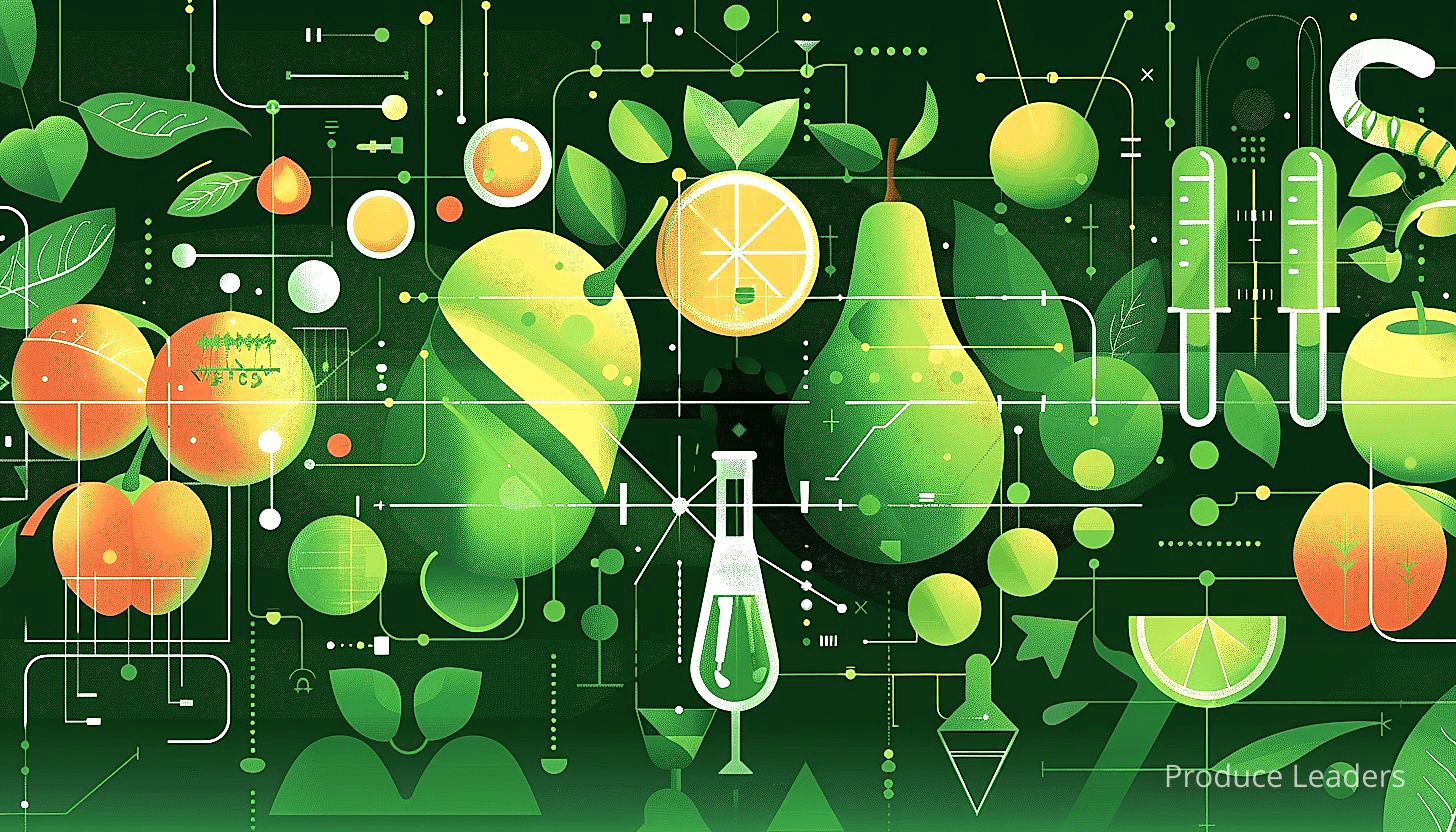
Let’s dive into the potential benefits and breakthroughs in this area of bioengineering in greater detail. Shall we?
The greatest triumph perhaps is the cultivation of the Bt cotton. The ‘Bt’ stands for Bacillus thuringiensis, a naturally occurring bacterium known to kill certain pests.
What does it mean for the cotton crop? Simply put, a built-in defense system, significantly reducing the need for chemical treatment against pests.
Examples of innovative application of genetics are not limited to just Bt cotton. Allow me to jog your memory with a few more in the following list:
- Bt Brinjal in India, genetically modified to eradicate the fruit and shoot borer pest.
- Papayas resistant to the Ringspot virus saved a 17 million dollar industry in Hawaii.
- Golden Rice, fortified with vitamin A, developed to combat widespread vitamin A deficiency.
By no means, these developments can be regarded as the end. Instead, they have opened up a whole new realm of possibilities for bioengineering.
Does that mean we could witness an era of disease-free crops, resulting in abundant yields? Only time will tell, but the current advancements are certainly promising.
But a word of caution here. While the strides are monumental, we must remain aware of potential ethical and ecological implications these genetic modifications might possess.
Is it prudent for us to harness the power of genetic modification in a calculated, ethical manner? Absolutely. Balancing potential benefits with potential risks is key.
And with that, I leave you to ponder. What could these advancements mean for our food security, health, and the future of agriculture?
Global Impact on Food Insecurity
In Short: Genetic modification can increase crop yield, resist pests, and adapt to adverse climates, potentially alleviating global food shortages. However, lack of regulatory uniformity and potential biodiversity loss emphasize that while helpful, GMOs alone cannot solve the world’s food insecurity problems.
Let’s peer into the realm of genetic modification, an area where technological advancements are rapidly reshaping our perspectives on global food insecurity. It begs a simple question, doesn’t it? How can genetic modification of produce potentially curb food insecurity on a global scale?
Crop modification has taken a leap from traditional methods to more scientific and technologically driven techniques, which have the potential to fulfill the world’s food demand. GMOs (Genetically Modified Organisms) have been under the spotlight for the last couple of decades.
Does this make you wonder the role of GMOs in addressing global food insecurity? GMOs have significant advantages, such as higher crop yields, stronger resistance to pests, and adaptation to adverse climatic conditions. Such traits wield power, the power to reduce food waste, thus boosting global food production.
On the flip side, are we considering the negative impacts? As with any disruptive technology, genetic modification of produce has its caveats.
An important point to note is that different countries have varied regulations when it comes to the use of genetically modified organisms in agriculture. This resonates, right? Such a difference in regulations has a direct impact on the spread and use of genetically modified produce globally.
Now let’s list down some of the potential benefits and drawbacks that the genetic modification of produce can have on global food insecurity:
- GMOs can vastly increase yield hence ensuring adequate food supply.
- Genetic modification can lead to climate-resistant crops, which can survive and yield in harsh climates, thus providing food in areas otherwise unsuitable for agriculture.
- On the other hand, the lack of regulatory uniformity around the globe might impede the progress and potential benefits of genetically modified produce.
- Excessive reliance on genetically modified food may cause a biodiversity loss, as it might push farmers to grow only certain types of crops.
These are all points to ponder, aren’t they? Truth be told, while GMO technology can indeed increase food production and alleviate some pressure from growing demands for food, it is not a panacea for global food insecurity.
What about accessibility and affordability? While GMOs can amplify yield, the issue of accessibility and affordability might still persist in underprivileged areas, thus challenging food security on a global scale.
The ultimate resolution of food insecurity is envisaged as a combination of GMO technology coupled with good governance, improved infrastructure, and comprehensive agricultural initiatives. This gives us something to chew on, and a reminder that while genetic modification may be part of the solution, it’s not a cure-all.
Contributions to Sustainable Farming
In Short: Genetic modification has revolutionized sustainable farming, offering eco-friendly solutions primarily in crop resistance. Not only does this technology increase efficiency and optimize output, but it also lowers chemical dependency, reduces food wastage and conserves natural resources, thereby positively impacting the environment and future generations.
The genetic modification of produce has revolutionized the world of agriculture. This technology has largely affected farming practices, most noticeably in regard to sustainability.
But what do we mean when we talk about sustainable farming? It is about growing food in a way that conserves natural resources while maintaining the productivity of farmland.
The eco-friendly solution that genetic modification offers lies largely in crop resistance. Genetic engineering has been used to develop plants< that are resistant to pests, diseases and harsh weather conditions.
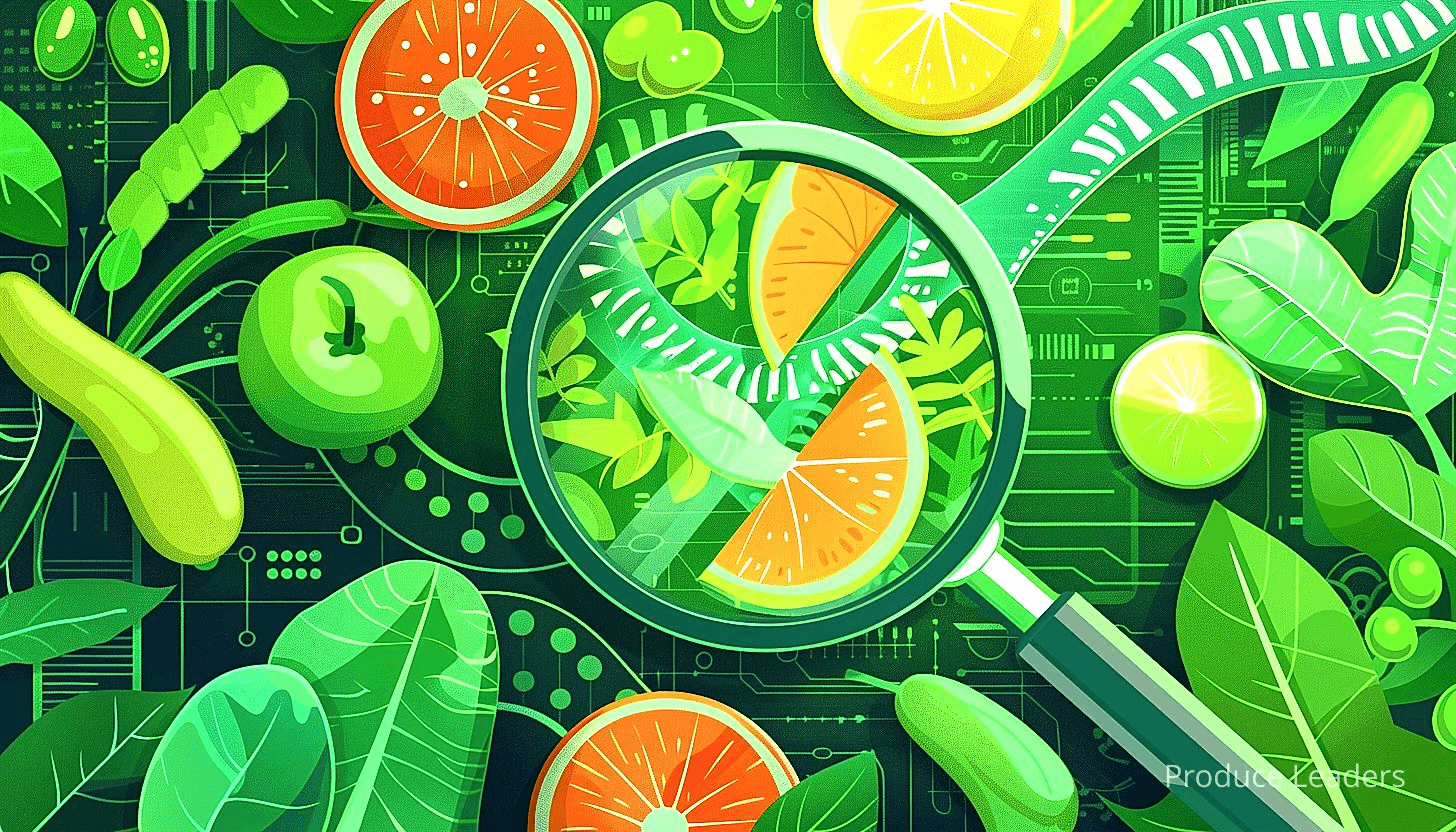
Isn’t it impressive that we have engineered plants that can thrive even in a drought? Yes, drought-tolerant crops are a reality now and they have less dependency on water thus conserving this precious natural resource.
Before we proceed further, here are a few ways genetic modification supports sustainable farming:
- Insect-resistant crops reduce the need for pesticides which helps in soil and water conservation.
- Crops modified for disease resistance aid in consistent and improved yields.
- Drought-tolerant plants lessen the dependence on water, conserving the resource.
Considering these examples, genetic modification not only makes farming more efficient but also reduces its ecological impact. These modifications indirectly reduce the carbon footprint of farming by lowering the dependency on fungicides and pesticides.
Does this mean farmers will eventually cease using harmful chemicals altogether? While that remains an ambitious goal, it is clear that genetic modification is leading us closer.
In addition, these modifications optimize farm output. They contribute to the increase in yield, allowing farmers to feed more people on less land.
Have you ever thought that we would be growing more food in less space? Unexpectedly, Genetic Modification (GM) offers this astonishing capability.
Yet another significant impact of this technology is reducing post-harvest losses. Crops modified for longer shelf life help reduce food waste, thereby promoting a sustainable food system.
Are you surprised to realize the role genetic engineering plays in reducing food waste? Indeed, it’s mind-boggling how these innovations are tailored to serve both the earth and its inhabitants.
Genetically modified crops also minimize tillage- the practice of turning the soil between crops. It helps maintain soil health, protecting the earth for future generations.
We can’t deny that the world of sustainable farming has been significantly changed by the contributions of genetic modification. These innovations make a positive impact on the environment, the economy, and most importantly, on humanity’s future.
Risks and Concerns Associated with Technological Innovations
In Short: Genetic modification in food production presents health risks, such as potential allergic reactions, and has broader implications, including economic, ecological, and ethical concerns. Additionally, it could lead to genetic diversity reduction, dependent farming, and gene flow with uncertain effects on wild life.
Imagine yourself picking out fruits and vegetables from your local grocery store’s produce section. Have you ever thought about the journey these items have been through to arrive there?
The advances in the area of genetic modification have revolutionized the way our food is being produced. Yet, this highly advanced technology carries with itself certain apprehensions.
One of the primary concerns that emerge from this field is related to the health impacts these genetically modified foods might have. Are they completely safe to consume? Is our body equipped to process these altered foods efficiently?
Indeed, there are concerns about potential allergic reactions. Some alterations might introduce new allergens to foods that traditionally did not trigger any allergies. Sounds frightening, doesn’t it?
The list of concerns extends beyond health effects. Here are a few more points that are subject to debate:
- Economic implications: There might be a shift in the power balance favoring corporate-owned farms producing GM foods.
- Ecological concerns: Changes to the genetic makeup of a species can disrupt the delicate balance of an ecosystem.
- Ethical issues: The question of whether humans have the right to tamper with nature for their benefit.
Each of these points poses pressing questions about the adoption of genetic modification in food production. But it doesn’t stop there, does it?
The growing dominance of genetically modified crops may lead to a decrease in genetic diversity. With fewer varieties of a crop being grown, our agriculture becomes more susceptible to pests and diseases. That’s a scary prospect, isn’t it?
How about the farmers? They could be affected too. There might be a rise in dependent farming where farmers will have to rely on the big GMO manufacturers for seeds every year. Doesn’t that seem unfair?
Moreover, what happens if these modified genes make their way into wild populations? This gene flow might have unpredictable consequences on the wild flora and fauna. Are we ready to take responsibility for that?
The future of sustainable agriculture and biodiversity could be at stake. What measures are needed to ensure that genetically modified produce becomes a blessing, not a curse?
While this innovative technology poses potentially huge benefits, it equally comes with substantial risks and concerns. We need to approach this brave new world of genetically modified foods with a mix of excitement and caution.
Current Regulation and Research Need
In Short: Genetic modification of produce is contentious, with many debating if current regulations sufficiently ensure safe and sustainable consumption. It is crucial to address areas calling for further research, such as health impacts, environmental implications, and economic effects, and to consistently update applicable regulations as the genetic modification landscape evolves.
Genetic modification of produce is a hot topic in today’s rapidly evolving world of food production. As you may know, the practice of altering the genetic makeup of fruits and vegetables is not without controversy, remember this point.
At the heart of the matter are regulations to ensure such produce is safe for consumption and environmentally sustainable. Do we currently have sufficient regulation to guide this scientific field?
The existing regulatory framework primarily focuses on food safety. In the United States, agencies such as the Food and Drug Administration (FDA) and the Department of Agriculture (USDA) oversee the assessment of genetically modified (GM) produce.
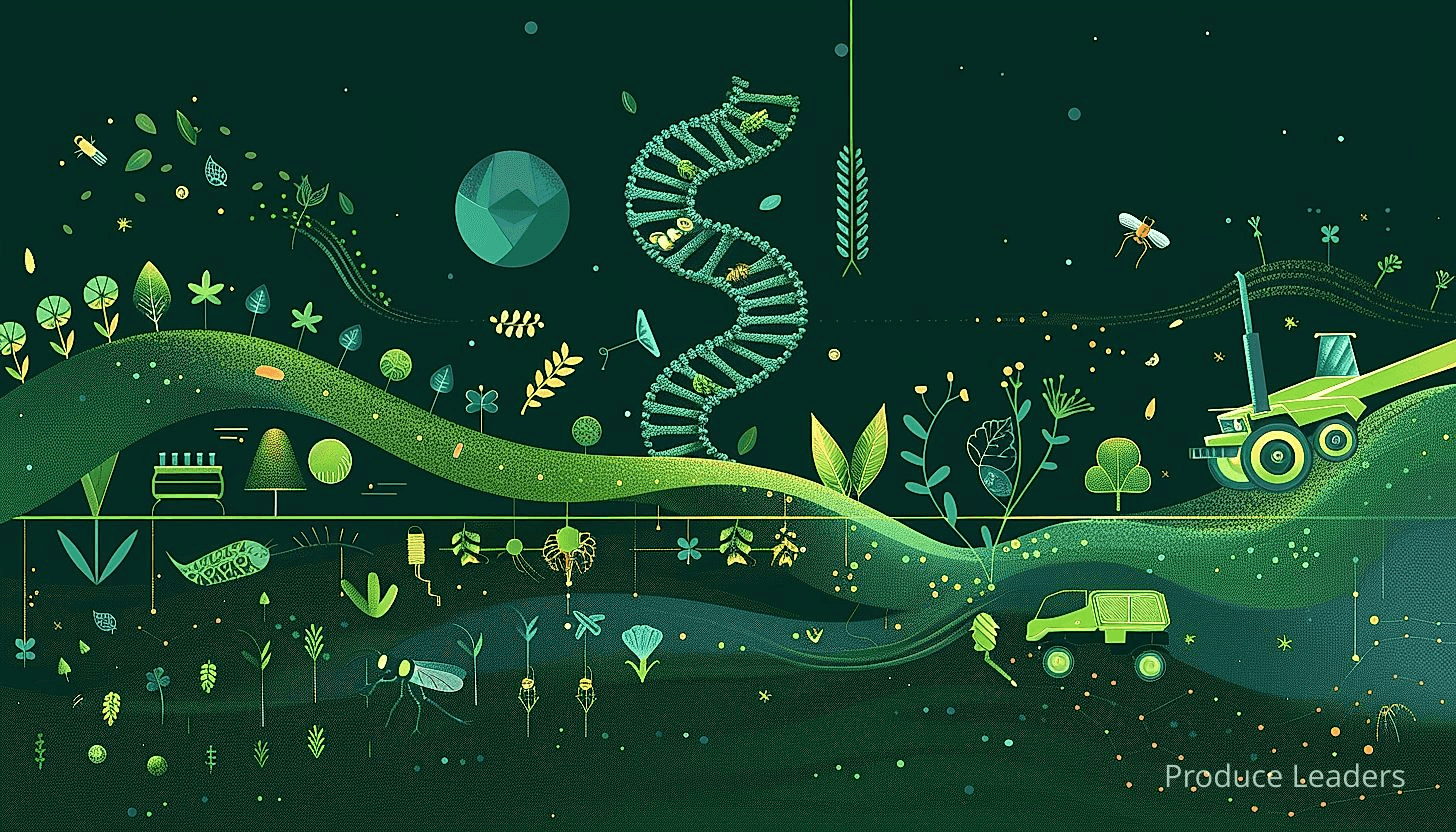
The USDA, for instance, mostly evaluates biodistribution concerns. Meanhile, the FDA concentrates on the potential health impact of such foods. It’s important to keep these differing roles in mind.
Despite these regulatory bodies activity, some people argue that there’s a lack of long-term research into GM produce. Rather important question, isn’t it?
This is the issue that seems to be begging for attention. What end does the current research serve, and are we focusing on the proper objectives?
We could address this by looking at areas in need of further examination:
- Health Impacts: Detailed research into long-term health effects of consuming GM produce is crucial.
- Environmental Impact: Studies about how GM crops affect ecosystem balance and biodiversity must be priority.
- Economic implications: This includes research into the economic benefits or drawbacks for farmers who cultivate GM crops.
Another challenging part we are often missing, due to the complexity and continuous evolution of genetic science regulation, is even more challenging. Woudn’t you agree?
That is, not only ensuring that regulations are up to date but also that they are realistically applicable across global contexts. We can’t ignore this, especially as GM produce becomes increasingly commonplace.
Understandably, as the scope of genetic modification evolves, so too must our control measures. This is a dynamic process that calls for consistent vigilance. Should regulators fall behind, the implications could be concerning, don’t you think?
Important: Existing regulatory bodies like the Food and Drug Administration (FDA) and the Department of Agriculture (USDA) oversee the safety of genetically modified produce, but there’s a critical need for further research into long-term health effects, environmental impacts, and economic implications of these modifications.
Research needs and regulatory gaps seem intertwined in the complex tapestry that makes up GM food. Each issue can potentially create a ripple effect that compounds the other, creating a bit of a dilemma.
Resolving these factors might be tough, but it’s not impossible. We need proactive research to address the needs of current and future development in GM produce. Keep in mind, the goal is always safe and sustainable produce for everyone, which seems fair, right?
The Bottom Line
Genetic modification encompasses cutting-edge techniques that allow for the deliberate manipulation of genetic material to enhance yield, nutrition, pest resistance, and overall resilience in crops.
The CRISPR/Cas-9 technique stands as a key tool within genetic modification, providing an efficient and precise means of editing genes within organisms.
Through these innovations, substantial enhancements in yield and nutritive value have become feasible, allowing for the production of healthier and more plentiful crops.
Furthermore, these techniques allow for increased resilience against pests and disease, directly contributing to a decrease in overall crop loss.
When implemented globally, these practices have the potential to considerably mitigate food insecurity by enhancing agriculture productivity.
Genetic modification also contributes to sustainable farming efforts, offering ways to grow crops using fewer resources and reducing the environmental impact of agriculture.
Yet, amid the benefits and potentials, it is integral to acknowledge the associated risks and concerns around ethics, ecological impact, and potential side effects – underscoring the requisite for rigorous testing, regulation, and transparency.
Lastly, regulation and continued research are paramount to ensure the safe and effective application of genetic modification techniques, ultimately harnessing its potential for the benefit of global food systems and sustainable farming.





